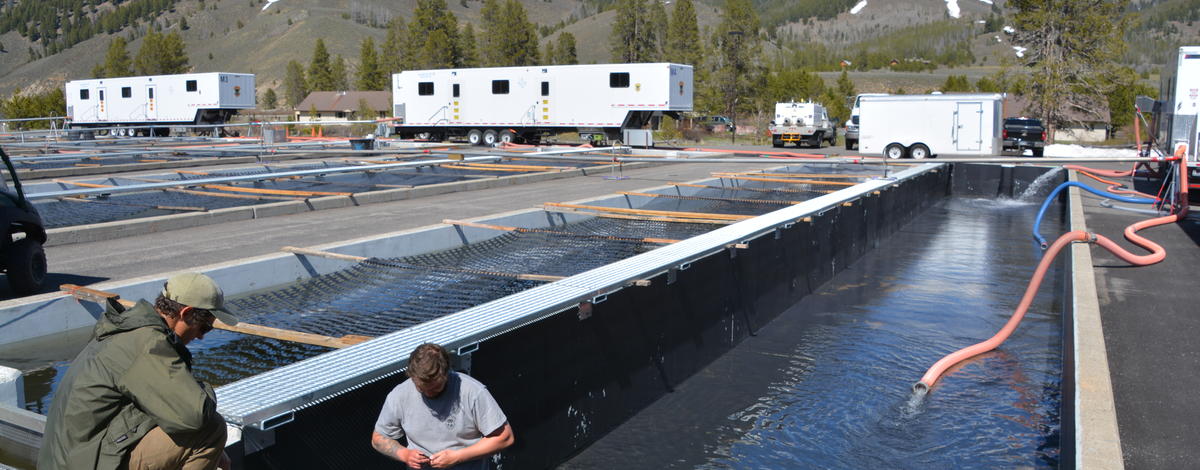
If you want to raise Chinook salmon to migrate to the ocean and return – which is the goal of most salmon hatcheries – you don’t typically put it 900 miles from the ocean and 6,500 feet in the mountains.
But that’s where you will find Idaho Fish and Game’s Sawtooth Fish Hatchery.
“I believe this hatchery is the highest-elevation salmon hatchery in the world,” manager Steeve Pomerleau said.
The hatchery’s goal is not just to keep Chinook coming back to the Central Idaho mountains, it’s to make them available for anglers. The fishing season for Chinook in the Upper Salmon River opens June 22, and here’s information about season and rules.
Snow country Chinook
Running a salmon hatchery in the mountains has its advantages and challenges. Stanley is among Idaho’s most iconic places for its spectacular scenery and abundant recreation, but it’s a tough place to operate a hatchery, especially in winter.
“We spend a lot of time on snow removal,” Pomerleau said.
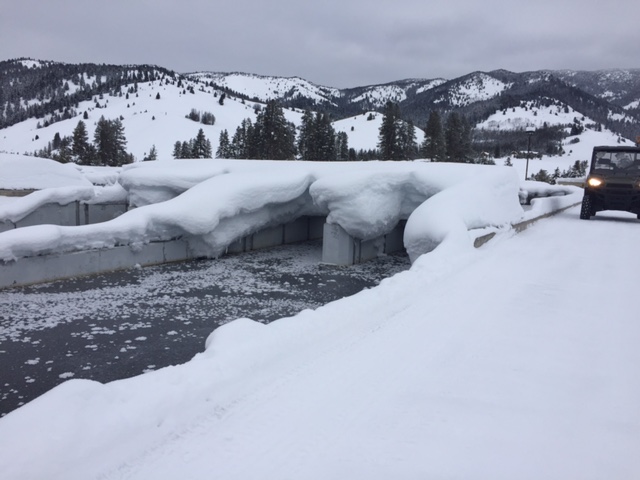
Stanley gets a lot of snow, especially last winter, and temperatures can drop to 40-below zero and stay sub freezing for days, if not weeks.
When temperatures drop during the long, frigid winter months, the hatchery’s raceways freeze over like a frozen river, which begs a simple question: How do you feed fish in a frozen raceway?
Short answer is you don’t. When the water’s that cold, fish metabolism slows down and their appetite diminishes. Again, that raises challenges because the larger a young salmon is when it leaves the hatchery, the more likely it is to withstand the rigors of migration and safely arrive at the Pacific, which gives it a chance to return as an adult.
Young fish actually lose weight under the ice, and they have a shorter growing season compared to fish raised in warmer water, but they eventually catch up.
“In the spring, the fishes’ growth picks up pretty fast,” Pomerleau said.
Young salmon spend about 18 months at the Sawtooth Hatchery before being released into the river to start their long migration to the Pacific.
By comparison, rainbow trout raised in the constant 59-degree water Fish and Game’s Nampa Fish Hatchery grow upwards of an inch a month and in about six months reach the same 6-inch size as an ocean-ready Chinook smolt.
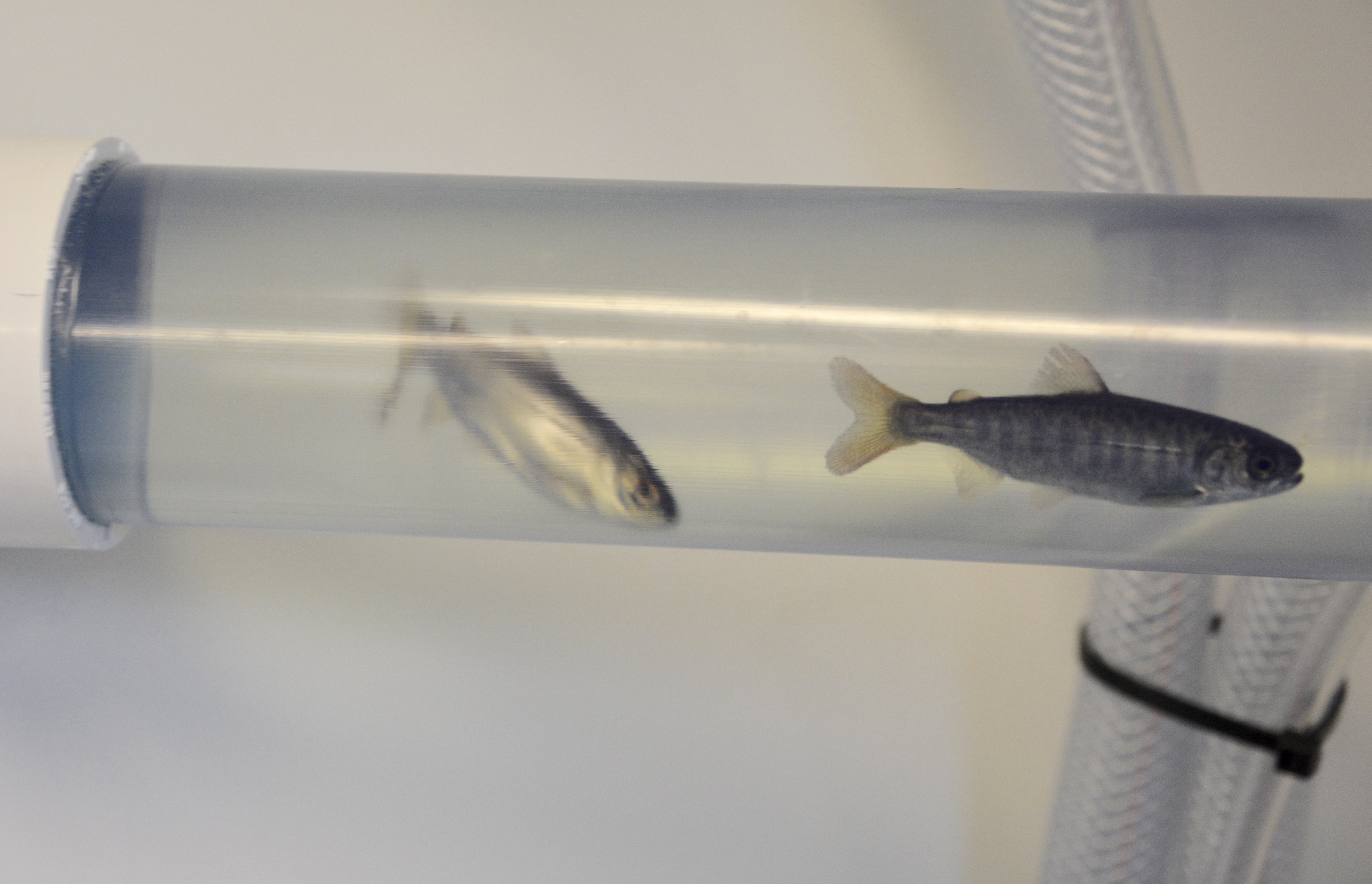
Cool and clear, but complicated
The water that feeds the hatchery comes straight from the headwaters of the Salmon River, so it’s pure and usually cool, but relying on river water has other challenges.
It’s a constant battle to keep debris and ice out of the intake. To warm the frigid water coming into the hatchery during winter, 43-degree well water is pumped and mixed-in with the river water. Although Stanley is best-known for its frigid winters, hatchery managers also have to deal with warm water during summer, so they also use wells to cool the river water.
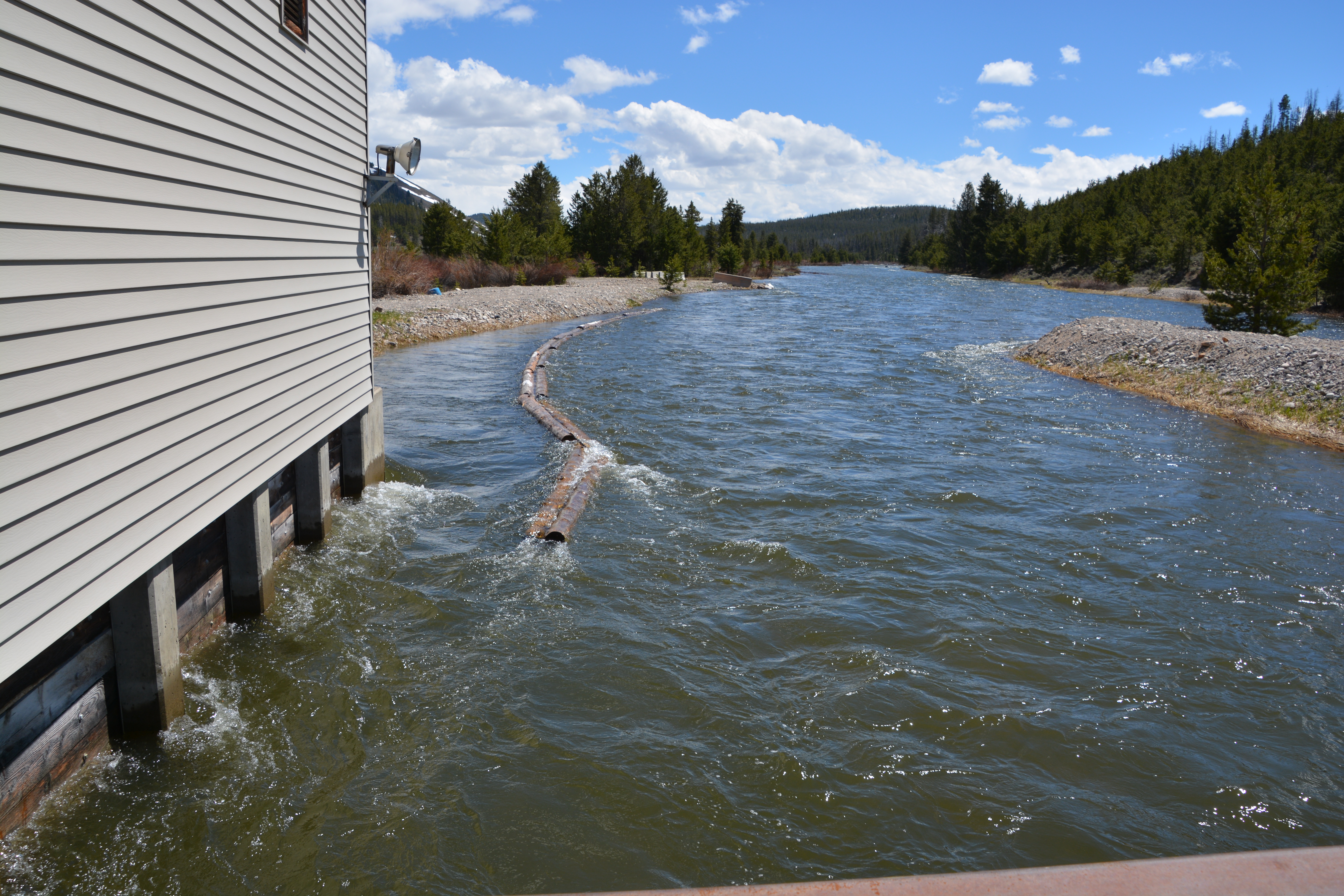
Out-migrating smolts are at the mercy of nature and river flows. In years of low snowpack, it can be a slow journey that many don’t complete. Even in the best years, fewer than 1 percent of the hatchery’s smolts that are sent to the ocean return as adults.
Adult Chinook face similar challenges by having to migrate up the Columbia, Snake and Salmon rivers to reach the hatchery. They’re considered spring Chinook, but their migration is so long that they typically arrive in the Sawtooth Valley in mid June, roughly the same time their summer-run cousins reach the South Fork of the Salmon River.
“There are many things that can happen to these fish when they’re going to the ocean and coming back,” Pomerleau said.
This year is shaping up to be a tough one for Idaho’s salmon. Like most anglers, hatchery managers are concerned about low numbers of Chinook returning from the Pacific, but they’ve also weathered lean years in the past.
In 1995, only 19 hatchery and 18 wild fish returned to the fish trap. The highest return of hatchery Chinook at Stanley was in 2008 when 5,200 returned. The hatchery needs about 1,000 returning adults to meet its production goal of 2 million smolts.
Not just Chinook
The U.S. Fish and Wildlife Service owns the Sawtooth facility, and it's funded by Bonneville Power Administration for compensation for impacts to salmon and steelhead from the lower Snake River Dams. While Chinook are the main focus of the hatchery, it’s not the only species that returns there. During spring, adult steelhead arrive, and crews have to set up a trap, capture and spawn them.
“It’s a very tough time of year to be in the water and handling fish,” Pomerleau said.
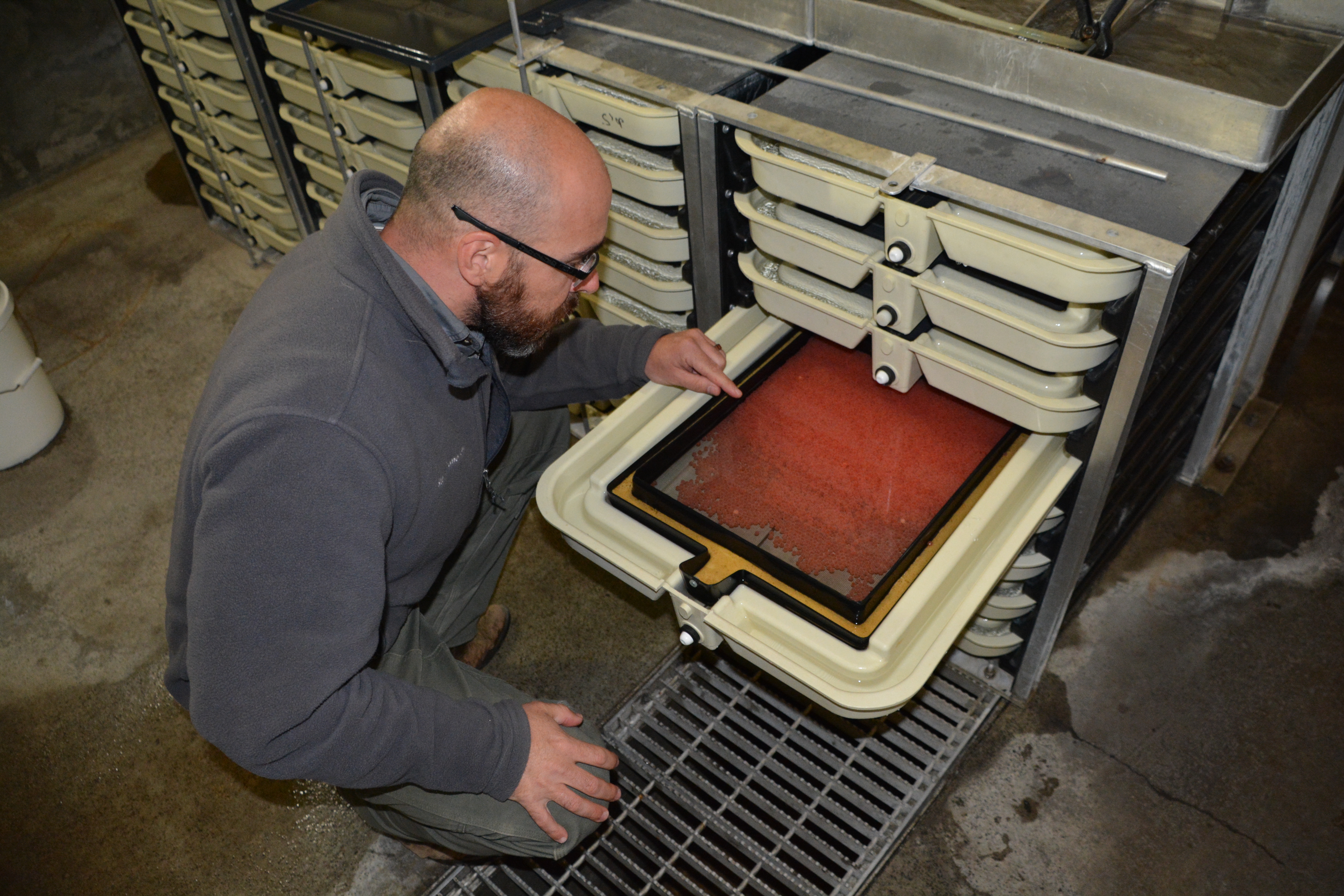
Steelhead are spawned and eggs incubated at the hatchery until they’re “eyed,” at which point they’re transferred to other hatcheries. The eggs are hatched and the young fish raised to smolts before being trucked back to the Salmon River near the Sawtooth Hatchery to be released.
The Sawtooth Hatchery also receives catchable rainbow trout from other hatcheries, and they are held there and stocked throughout summer at various waters in the Stanley area.
To learn more about the Sawtooth Fish Hatchery, check out this 2014 video:

